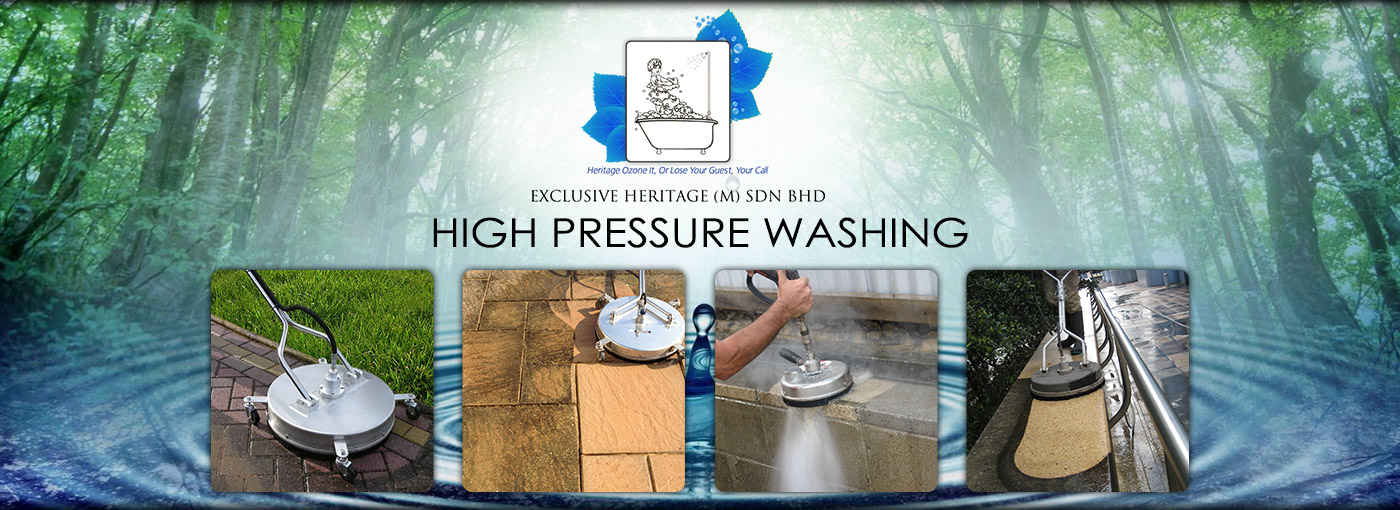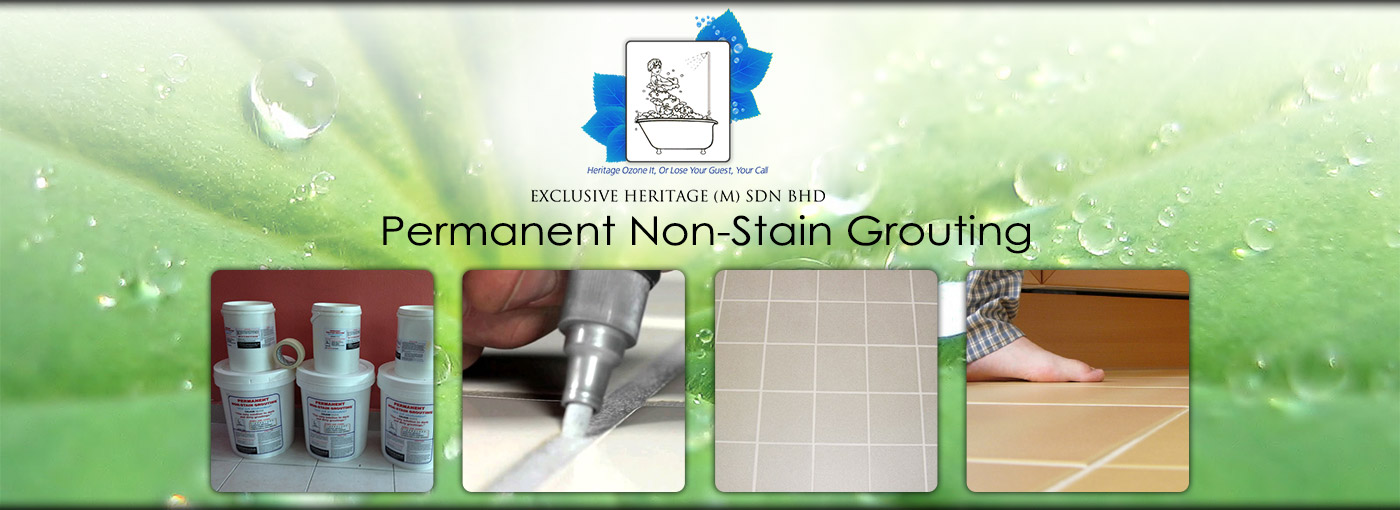- NEW PRODUCT
- SERVICES
- ACTIVATED CARBON
- CAR ACCESSORIES AND PARTS
- CARABINER
- CONVEX MIRROR
- DESIGN BINS (MOQ)
- ELECTRICAL CONNECTORS
- FEIN MULTIMASTER OSCILLATING TOOL FROM GERMANY
- KEY - ID CARD - BADGE HOLDER
- OZONE AIR GENERATOR
- PAPER TOWEL AND TISSUE DISPENSER
- Permanent Non-Stain Grouting
- POWDER COATING AND WOOD WASTE BINS
- Prestige Bullet Bin
- PUSH BUTTON VANDAL PROOF RING LIGHT SWITCH.
- Safety Products
- Scent Diffuser
- Shell Step Bin
- Soap Dispenser and Toilet Seat Sanitizer Dispenser
- Spanners
- Voice Recorder
- Others
1-20A, Jalan SP 5/4,
Taman Serdang Perdana,
43300 Seri Kembangan,
Selangor Darul Ehsan, Malaysia.
.jpg)
3161 877 323

0241 430 005
Activated Carbon - 3kg per pack
RM 37.00
industrial application
One major industrial application involves use of activated carbon in the metal finishing field. It is very widely employed for purification of electroplating solutions. For example, it is a main purification technique for removing organic impurities from bright nickel plating solutions. A variety of organic chemicals are added to plating solutions for improving their deposit qualities and for enhancing properties like brightness, smoothness, ductility, etc. Due to passage of direct current and electrolytic reactions of anodic oxidation and cathodic reduction, organic additives generate unwanted breakdown products in solution. Their excessive build up can adversely affect the plating quality and physical properties of deposited metal. Activated carbon treatment removes such impurities and restores plating performance to the desired level.
Medical uses
However, it is ineffective for a number of poisonings including strong acids or alkali, cyanide, iron, lithium, arsenic, methanol, ethanol or ethylene glycol.[4]Activated carbon is used to treat poisonings and overdoses following oral ingestion. Tablets or capsules of activated carbon are used in many countries as an over-the-counter drug to treat diarrhea, indigestion, and flatulence.
Incorrect application (e.g. into the lungs) results in pulmonary aspiration, which can sometimes be fatal if immediate medical treatment is not initiated.[5]
Analytical chemistry applications
Activated carbon, in 50% w/w combination with celite, is used as stationary phase in low-pressure chromatographic separation of carbohydrates (mono-, di-trisaccharides) using ethanol solutions (5–50%) as mobile phase in analytical or preparative protocols.
Environmental applications
Spill cleanupCarbon adsorption has numerous applications in removing pollutants from air or water streams both in the field and in industrial processes such as:
- Groundwater remediation
- Drinking water filtration
- Air purification
- Volatile organic compounds capture from painting, dry cleaning, gasoline dispensing operations, and other processes.
During early implementation of the 1974 Safe Drinking Water Act in the USA, EPA officials developed a rule that proposed requiring drinking water treatment systems to use granular activated carbon. But, because of its high costs, the so-called GAC rule encountered such strong opposition all across the country from the water supply industry, including the largest water utilities in California, that the agency set aside the rule.[6]
Activated carbon is also used for the measurement of radon concentration in air.
Agriculture uses
Activated carbon (charcoal) is an allowed substance used by organic farmers in both livestock production and wine making. In livestock production it is used as a pesticide, animal feed additive, processing aid, nonagricultural ingredient and disinfectant.[7] Benefits in case of animal feed additive are questionable. In organic winemaking, activated carbon is allowed for use as a processing agent to absorb brown color pigments from white grape concentrates.[8]
Distilled alcoholic beverage purification
Activated carbon filters (AC filters) can be used to filter vodka and whiskey of organic impurities which can affect color, taste, and odor. Passing an organically impure vodka through an activated carbon filter at the proper flow rate will result in vodka with an identical alcohol content and significantly increased organic purity, as judged by odor and taste.[citation needed]
Fuel storage
Research is being done testing various activated carbons' ability to store natural gas and hydrogen gas. The porous material acts like a sponge for different types of gases. The gas is attracted to the carbon material via Van der Waals forces. Some carbons have been able to achieve bonding energies of 5–10 kJ per mol. The gas may then be desorbed when subjected to higher temperatures and either combusted to do work or in the case of hydrogen gas extracted for use in a hydrogen fuel cell. Gas storage in activated carbons is an appealing gas storage method because the gas can be stored in a low pressure, low mass, low volume environment that would be much more feasible than bulky on board compression tanks in vehicles. The United States Department of Energy has specified certain goals to be achieved in the area of research and development of nano-porous carbon materials. All of the goals are yet to be satisfied but numerous institutions, including the ALL-CRAFT program,[9] are continuing to conduct work in this promising field.
Gas purification
Filters with activated carbon are usually used in compressed air and gas purification to remove oil vapors, odor, and other hydrocarbons from the air. The most common designs use a 1-stage or 2 stage filtration principle in which activated carbon is embedded inside the filter media.
Activated carbon is also used in spacesuit Primary Life Support Systems.
Activated carbon filters are used to retain radioactive gases within the air vacuumed from a nuclear boiling water reactor turbine condenser. The large charcoal beds adsorb these gases and retain them while they rapidly decay to non-radioactive solid species. The solids are trapped in the charcoal particles, while the filtered air passes through.
Chemical purification
Activated carbon is commonly used on the laboratory scale to purify solutions of organic molecules containing unwanted colored organic impurities.
Filtration over activated carbon is used in large scale fine chemical and pharmaceutical processes for the same purpose. The carbon is either mixed with the solution then filtered off or immobilized in a filter.
Mercury scrubbing
Activated carbon, often infused with sulfur[10] or iodine, is widely used to trap mercury emissions from coal-fired power stations, medical incinerators, and from natural gas at the wellhead. This carbon is a special product costing more than US$4.00 per kg.[citation needed]
Since it is often not recycled, the mercury-laden activated carbon presents a disposal dilemma.[11] If the activated carbon contains less than 260 ppm mercury, United States federal regulations allow it to be stabilized (for example, trapped in concrete) for landfilling.[citation needed] However, waste containing greater than 260 ppm is considered to be in the high-mercury subcategory and is banned from landfilling (Land-Ban Rule).[citation needed] This material is now accumulating in warehouses and in deep abandoned mines at an estimated rate of 1000 tons per year.[citation needed]
The problem of disposal of mercury-laden activated carbon is not unique to the United States. In the Netherlands, this mercury is largely recovered[citation needed] and the activated carbon is disposed of by complete burning



